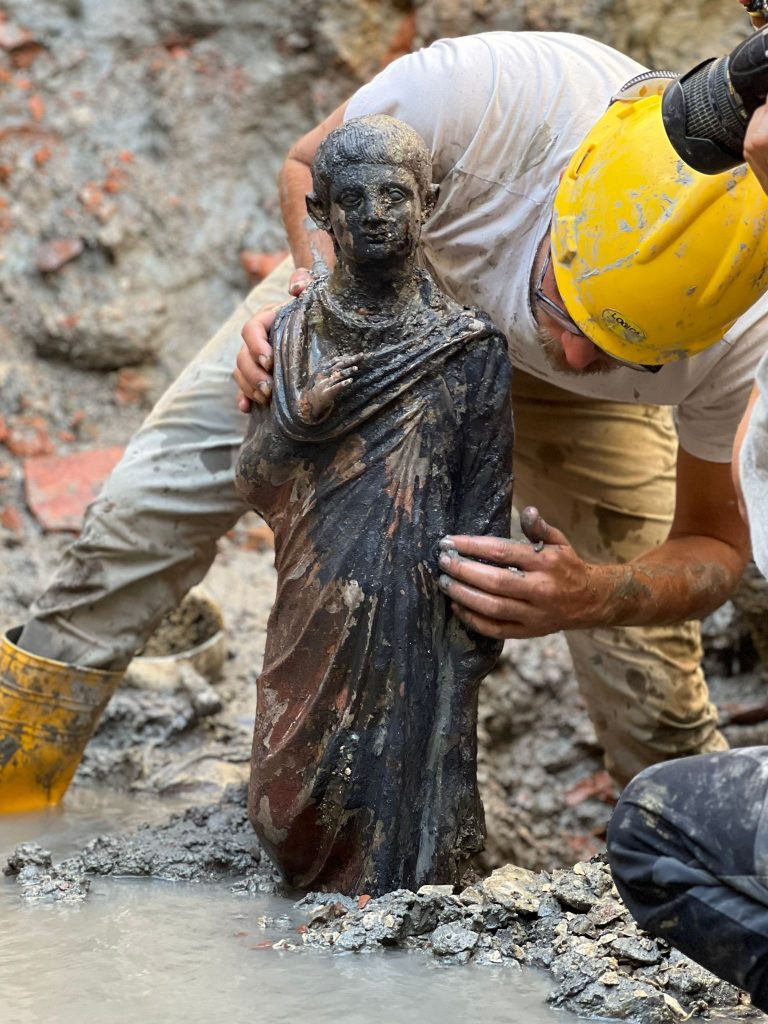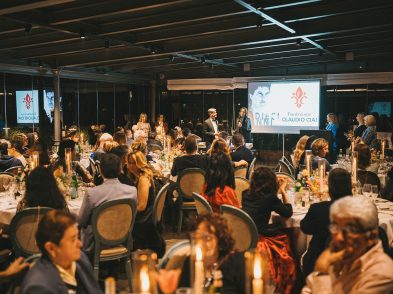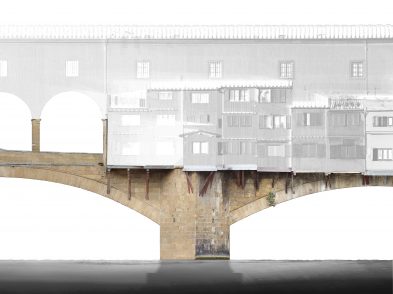In November 2022, news broke about the extraordinary discovery of over 20 bronze statues in San Casciano dei Bagni. As with all discoveries, the event was preceded by months of research. The story began in 2018 when the San Casciano dei Bagni council sought—and was granted—a licence to conduct an archaeological dig near the ancient Montesanto baths. The cooperation between the council and the Siena authorities, who had given the permission for the excavation, immediately broadened to include Italian and international universities coordinated by the University for Foreigners of Siena.

Every year since 2019, more than 50 students from Italy, the United States, Cyprus, Ireland and Belgium have been excavating the site under the scorching summer sun and among the hot springs whose temperature hover constantly at 40 degrees Celsius. In 2021 and 2022, the student contingent unearthed hundreds of bronze offerings consisting of statues, statuettes and thousands of coins. The dig was led by Emanuele Mariotti with Ada Salvi in charge of conservation, while Jacopo Tabolli, a lecturer with the University for Foreigners of Siena, remained the scholarly coordinator of the project.
Over 60 international scholars are currently addressing the study of the setting and finds in detail, but research requires dedication and constancy. A meeting between Jacopo Tabolli and Simonetta Brandolini d’Adda, president of the US non-profit organization Friends of Florence, birthed a project in support of this unique research. As early as in 2022, long before the discovery of the large statues made headlines around the world, the Friends of Florence Foundation made the decision to fund a research project at the University for Foreigners of Siena, titled Sacred Bronzes for Sacred Waters at San Casciano dei Bagni (SI), covering the cost of Dr. Mattia Bischeri’s post-doctoral research in full.


Simonetta Brandolini d’Adda’s site visit in September 2022 provided an opportunity to share the dream of three new projects. In the laboratory set up on the site, the statue of Apollo that had recently emerged from the mud once again highlighted the need to support research—and much more. The fragile condition of the statues of ancient gods and offerors placed here between the third century BCE and the early fifth century AD meant that funding was urgently needed for their restoration. Between late 2022 and early 2023, the Soprintendenza di Siena masterminded the drafting of a restoration project in conjunction with the Central Restoration Institute in Rome. An agreement between Friends of Florence and Soprintendente Arch. Gabriele Nannetti was signed in March 2023 for funding to the tune of 70,000 euro to restore 34 bronze masterpieces from the sacred basin in San Casciano dei Bagni.
Thefunding is vitally important ahead of the exhibition explaining the discovery of the San Casciano bronzes that is due to open at Rome’s Palazzo del Quirinale in late June 2023. The restorers commissioned by Friends of Florence, under the supervision of the Soprintendenza and the Central Restoration Institute, in particular Dr. Wilma Basilissi, are working through the skilful hands of Dr. Laura Rivaroli to reveal the astonishing detail on these bronze bodies that have been hiding in the hot mud for over 2,000 years. It is a slow process, consisting of switching between various cleaning methods based on diagnostic studies conducted by Salvatore Siano from the IFAC-CNR, Marco Giamello from the University of Siena and Paolo Piccardo from the University of Genoa.

In addition to the project for funding the restoration, in April 2023 Friends of Florence and the University for Foreigners of Siena confirmed that they wished to renew their agreement to support research by funding a new research agreement devoted to Stratigraphy, context and excavation at the Bagno Grande of San Casciano dei Bagni (SI). This research project will enable scholars to investigate in depth both the context of the excavation and the cultural background of the finds unearthed there.
The dream is that Friends of Florence may also raise the funds required to donate a restoration laboratory for the research hub, which is soon going to see the light of day alongside the new Museum and Archaeological Area at San Casciano dei Bagni. The project is an ambitious one, as always, but it shows that cooperation between the public and private sectors in the fields of research and conservation is a key factor in supporting such groundbreaking archaeological campaigns as the excavation at San Casciano dei Bagni.








